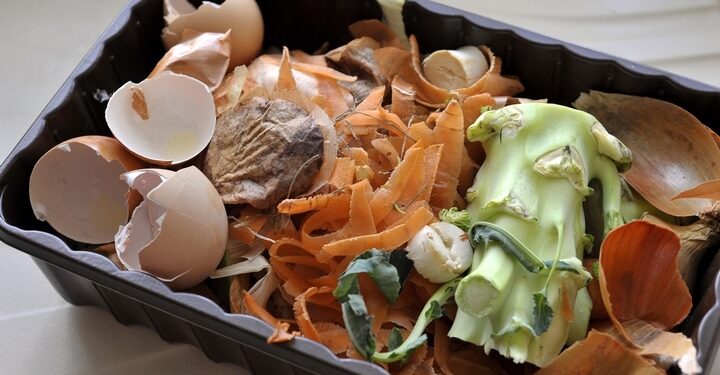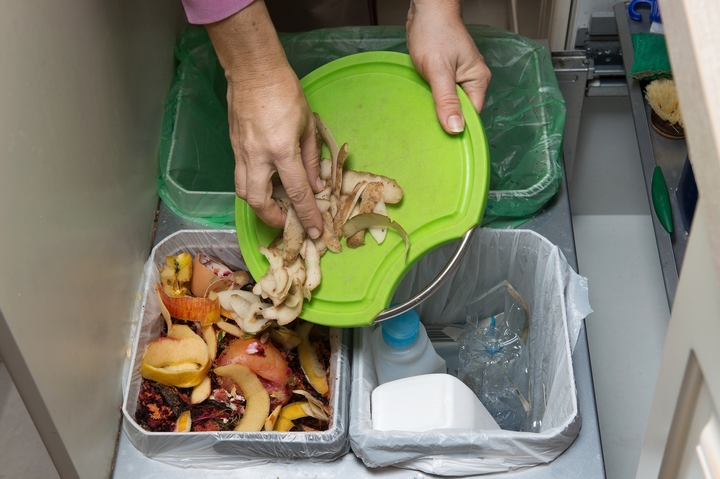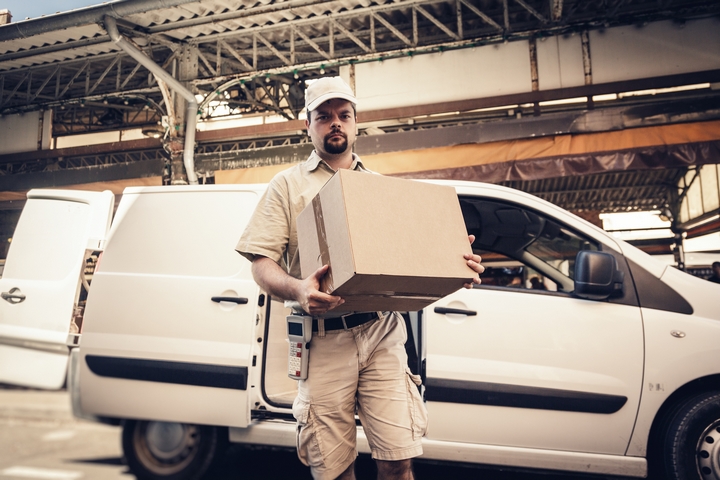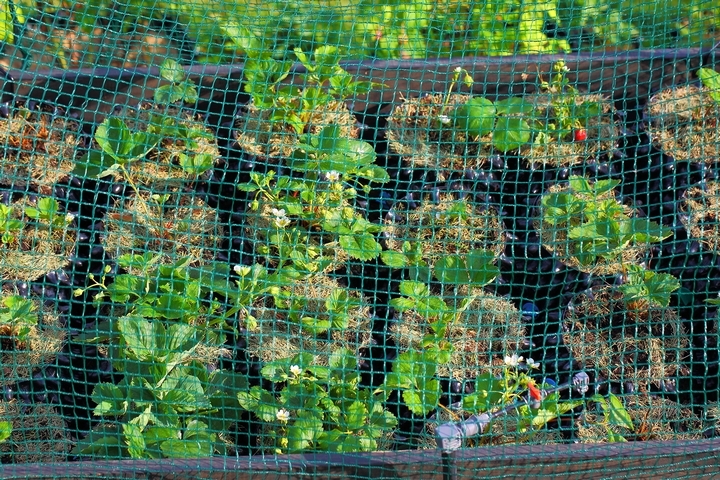8 Ways on How Restaurants Can Help the Environment

The issue of global warming has affected our society the world over. Never before has there been a more pressing issue, which can irreversibly alter the climate of our planet. Even though it may seem grim, everyone can play a part in reducing their carbon footprint. This is even more important when it comes to the immediate environment.
Large scale corporations have taken the initiative, in contributing to more eco-friendly proposals. Other businesses, such as restaurants, have also taken the charge in clever and feasible ways. It might seem a bit daunting at first glance, but becoming a more eco-friendly restaurant is possible. It all comes down to a few simple steps in order to get the ball rolling. Once all necessary actions have been taken, you will be confident in reducing your overall carbon footprint.
If you are a restaurant owner looking to be more environmentally friendly, here are eight ways on how restaurants can help the environment:
1. Conserving Water

Conserving water is one of the best ways on how restaurants can help the environment. As one of our planet’s most precious resources, the more water we save, the better off our environment will be. Although saving on utility costs can be beneficial, using less water can be a greener advantage. Restaurants can conserve the water they use in some pretty intuitive, as well as basic, ways.
For starters, it is as easy as not using flowing water when not needed. That means turning off the sinks, and filling dishwashers once or only when necessary. Also, consider installing low-flow faucets, which will help in conserving water as well. It can be as easy as switching from bottled water to an in-house filtration system too!
2. Food Waste

Every restaurant will eventually come across the issue of food waste within their business. To be more eco-friendly, it is recommended to not just throw away excess food. Instead, be smart with how you approach this challenge. Restaurant owners should first take a look at the expiration dates of their inventory.
Be smart with how you purchase your food items, and only buy according to shelf life. There are also many digital management tools that help in tracking each product’s expiration date. That way, you won’t have to manually track each product every single time. Thus, you will end up being a much greener restaurant.
3. Restaurant Equipment

Although energy efficient equipment and supplies may seem initially costly, the benefits outweigh the disadvantages. Make the switch to kitchen supplies and appliances that are friendlier on the environment. As a result, you will save a ton of money. In addition, restaurants are notorious for using lighting when they do not need to.
Instead, see if you can create a lighting setup that mixes in natural light. By doing this, you won’t have to worry about purchasing extra lights for your interior spaces. Think about all the ways in which your current appliances and lighting can be upgraded for the better. Usually, the advantages will be immediately noticeable.
4. Shipping

Most of these suggestions denote ways in which the restaurant can internally be more eco-friendly. For external ways in aiding the environment, set up a different arrangement with your distributors. Most of the time, you can reduce your restaurant’s shipments to once a week. This helps in cutting down on fuel emissions in totality.
Moreover, you may also be able to discuss the packaging that your distributor uses. Biodegradable packaging is a possibility, as is less packaging overall. Instead of just throwing the materials away in the garbage, you can use it for composting!
5. Composting

Don’t just think of biodegradable packaging as the only way in which you can integrate composting. Your restaurant can be more eco-friendly, simply by having a composting bin inside the kitchen. Once all food waste has been disposed inside, dump the contents into an outside bin. This will inevitably aid in fertilizing the nearby soil.
6. Growing Produce

Try your hand at growing some of your own produce! Space permitting, you can keep a small garden nearby your restaurant grounds. Not only does this reduce your reliance on a distributor, it impacts the environment for the better as well. Plus, it is generally cheaper to grow your own food.
7. Recycling

Reducing, reusing, and recycling has never been more important, when trying to reduce your carbon footprint. Restaurant owners should always make sure their business is following the proper protocols in this light. Recycle wooden boxes that carry your inventory, and try using reusable materials. The effects of this basic action are more substantial than you think.
8. Paper

In our technologically advanced society, paper is seldom used for restaurant operations. This allows the business to be much more friendlier on the environment. Instead of giving customers a paper receipt, email it to them instead. Social media can help promote your restaurant more than paper marketing materials ever could!


